Participants will develop a deep understanding of how five research-based strategies (ask yourself questions, sentence frames and starters, annotation, the Four R’s, and turn-and-talks) can be used to help students with learning disabilities develop mathematical thinking. They will learn about six accessibility areas (conceptual processing, visual-spatial processing, language, attention, organization, and memory) math learners must use when doing mathematics. They will see how the essential strategies support students as they work in each of the accessibility areas by engaging in an instructional routine designed to develop mathematical thinking. Participants coalesce their learnings as they apply the course ideas to draft IEP goals that focus on students’ mathematical thinking.
Asynchronous from
Oct 6 - Nov 30, 2021
2 recorded synchronous sessions, Oct 27th and Nov 9th 7-8 pm Eastern
More Information


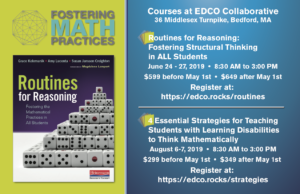
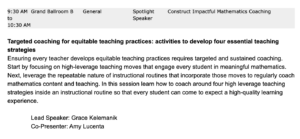
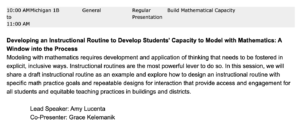
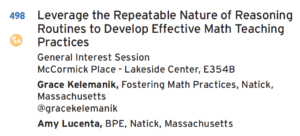
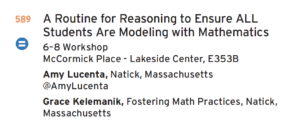
Comments are closed.
Stephanie,
Thank you for sharing this Three Reads task. I am curious how your high schoolers read and interpreted it. Please share.
This was the second problem/task we did this year and we did the 3-reads to help students understand the problem before trying to solve it. This is a typical optimization problem and although does not require a lot of reading, students in the past, while solving, tend to not focus on the idea and just write down such things as 30*70. The students have been responding well to the 3 reads. They close their eyes for the 1st read and visualize the problem, and then they have done a great job rephrasing the question for the second read. Some ways they rephrased the question are: “How can we create a box to hold the most things?” and “What size should we cut to make up a box with the most space?” They struggled a bit with the third read, where they identified the important quantities. They stated things such as “volume formula, what are we putting in the box, shape of the box.” Overall, the 3-read strategy helped the students enter the problem more slowly focusing on the “story” rather than on “how do we get the answer.”